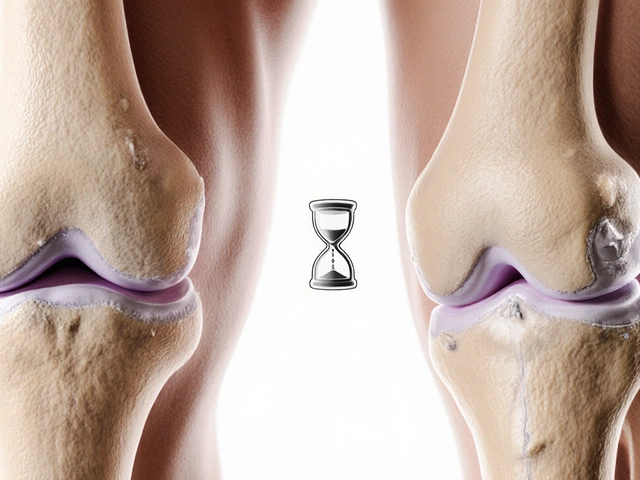Discover which country tops the list for the unhealthiest diet, shocking global eating habits, and useful tips for smarter food choices.
Read MoreUnhealthy Countries: Understanding the Real Health Risks
Ever wonder why some places seem to have more aches, chronic illnesses, or surgery stories than others? It’s not magic – it’s a mix of diet, environment, medical habits and even the way people think about health. In this article we break down the biggest health hurdles in the world’s most “unhealthy” nations and give you simple actions you can use right now.
Common Health Problems in High‑Risk Nations
One of the biggest culprits is food. Countries with high consumption of processed carbs, sugary drinks and fried snacks see a surge in obesity, type‑2 diabetes and heart disease. The list of posts on our site reflects this: articles about weight‑loss pills, metformin, and diet plans for women over 50 all point to a shared problem – too many calories, not enough balance.
Another hidden factor is inflammation. When people eat a lot of refined oils, red meat and sugary snacks, their bodies stay in a low‑grade inflammatory state. This fuels joint pain, arthritis and even makes recovery from surgeries like bone or knee replacements tougher. Our guide on “Ayurveda Inflammatory Foods” shows how swapping a few items can calm that fire.
Stress and mental health also play a big role. Nations with high work pressure and limited mental‑health resources report more cases of depression and anxiety, making it harder for patients to follow post‑surgery rehab or stick to a new diet. The post about “Most Treatable Mental Illness” highlights that early help can cut down long‑term pain.
Finally, access to quality medical care varies a lot. In some countries, online prescriptions are common but risky, while in others people struggle to find a specialist for a simple back problem. Our pieces on “Is It Safe to Get Prescriptions Online?” and “What Is a Back Doctor Called?” illustrate the confusion that can turn a small issue into a big one.
Practical Steps to Protect Your Health
Stop waiting for a doctor to tell you to eat better. Start with one swap each week: replace a sugary breakfast drink with green tea or a glass of water. If you’re a fan of spicy foods, try the Ayurvedic tip of adding turmeric – it’s a natural anti‑inflammatory.
Move your body in a way that feels good. You don’t need a marathon; a 30‑minute walk can burn belly fat and improve heart health, as explained in our “Does Walking Burn Belly Fat?” article. If you have joint pain, focus on low‑impact activities like swimming or gentle yoga.
Keep an eye on your blood sugar. Even if you’re not diabetic, testing your levels once a month can reveal hidden spikes caused by too‑much sugar. If a doctor mentions metformin or other diabetes pills, ask why they’re suggesting it and whether lifestyle changes could be enough first.
When surgery is on the horizon, get informed. Read up on pain timelines for bone or knee replacements so you know what’s normal and when to call your surgeon. Knowing the typical recovery length, like the “Average Hospital Stay After Heart Surgery,” helps you set realistic expectations.
Finally, don’t ignore mental health. Simple habits like a short meditation before bed, journaling, or talking to a trusted friend can lower stress hormones that keep your body inflamed. If you feel stuck, the “Most Treatable Mental Illness” guide can point you to resources that are affordable and effective.
Living in an “unhealthy” country doesn’t mean you’re doomed to pain. By tweaking diet, moving a little each day, and staying aware of medical choices, you can fight back against the bigger risks that surround you. Start small, stay consistent, and you’ll notice a big difference in how you feel – no matter where you call home.





